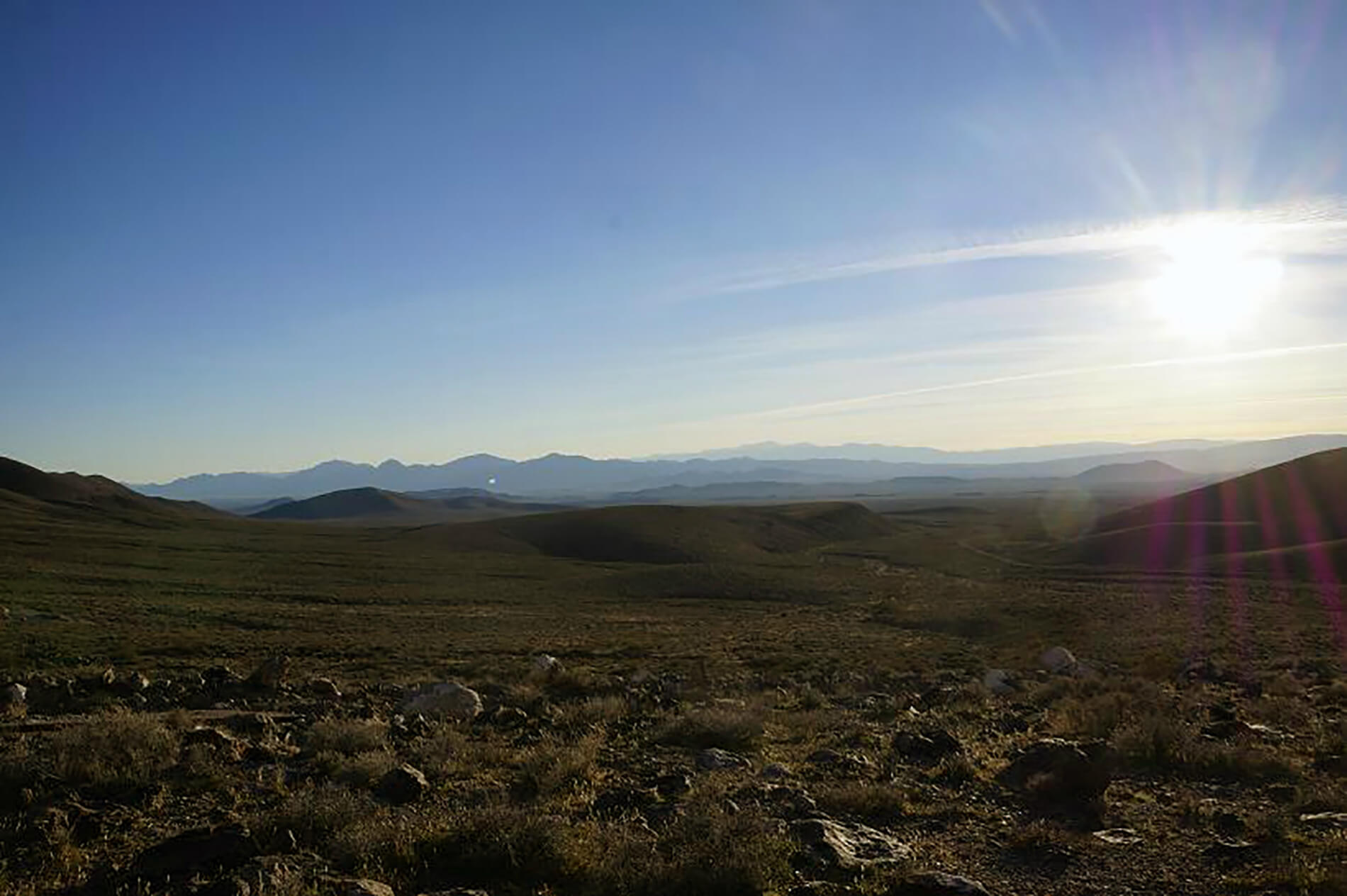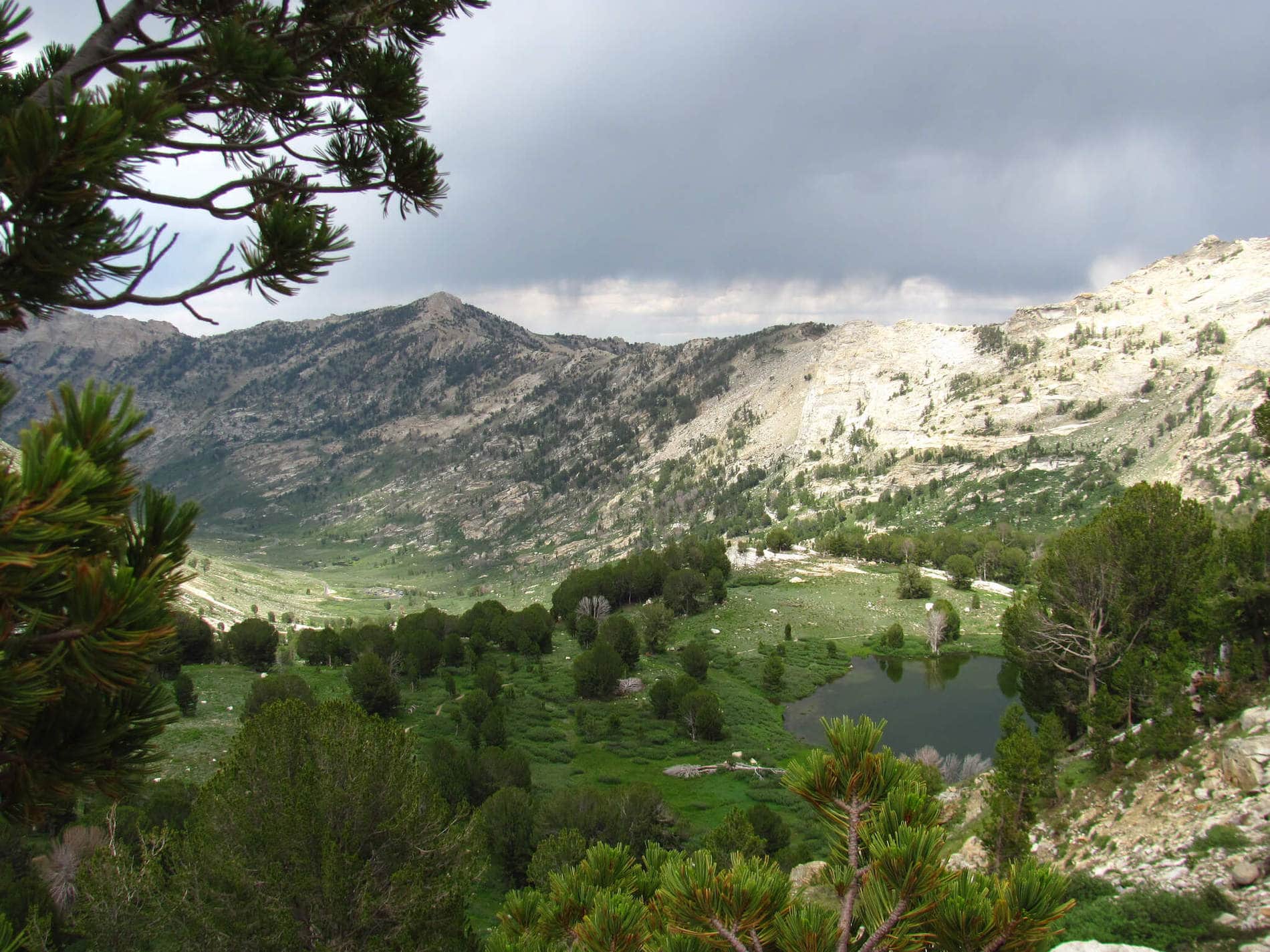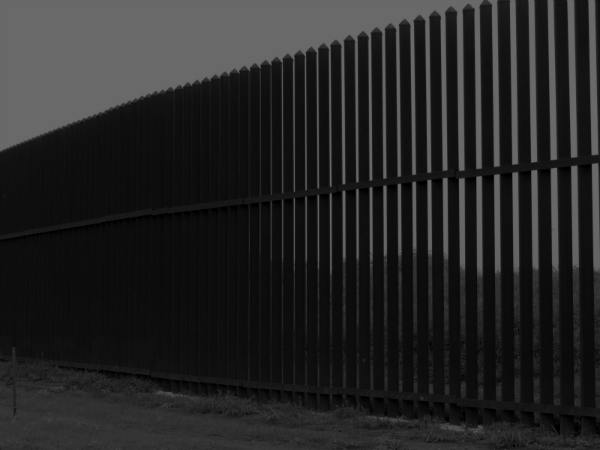The Shoshone or Shoshoni are a Native American tribe in the United States with three large divisions: the Northern, the Western and the Eastern.
They traditionally spoke the Shoshoni language, a part of the Numic languages branch of the large Uto-Aztecan language family. The Shoshone were sometimes called the Snake Indians by early European trappers, travelers, and settlers.
The Northern Shoshone are concentrated in eastern Idaho, western Wyoming, and northeastern Utah.
The Eastern Shoshone tribes lived in Wyoming, northern Colorado and Montana. After 1750, warfare and pressure from the Blackfoot, Crow, Lakota, Cheyenne, and Arapaho pushed them south and westward. Some of them moved as far south as Texas, to become the Comanche.
The Western Shoshone tribes lived in Oregon and western Idaho, and ranged from central Idaho, northwestern Utah, central Nevada. Some are also located in California. The Idaho groups of Western Shoshone were called Tukuaduka (sheep eaters), while the Nevada/Utah bands were called the Gosiute or Toi Ticutta (cattail eaters). In California the Timbisha Shoshone (also known as the Death Valley or Panamint Shoshone) have lived for centuries in the Death Valley, Saline Valley, Panamint Valley and surrounding mountains. They have a federally recognized tribal reservation and government at Furnace Creek, California. Shoshone-Paiute have continued to live in the Owens Valley.
The most historically well-known member of the Shoshone tribe may be Sacagawea, of the Lemhi Shoshone band of Northern Shoshone. She accompanied the Corps of Discovery (Lewis and Clark Expedition) with Meriwether Lewis and William Clark in their exploration of the Western United States.
Description adapted from Wikipedia article on the Shoshone People.




